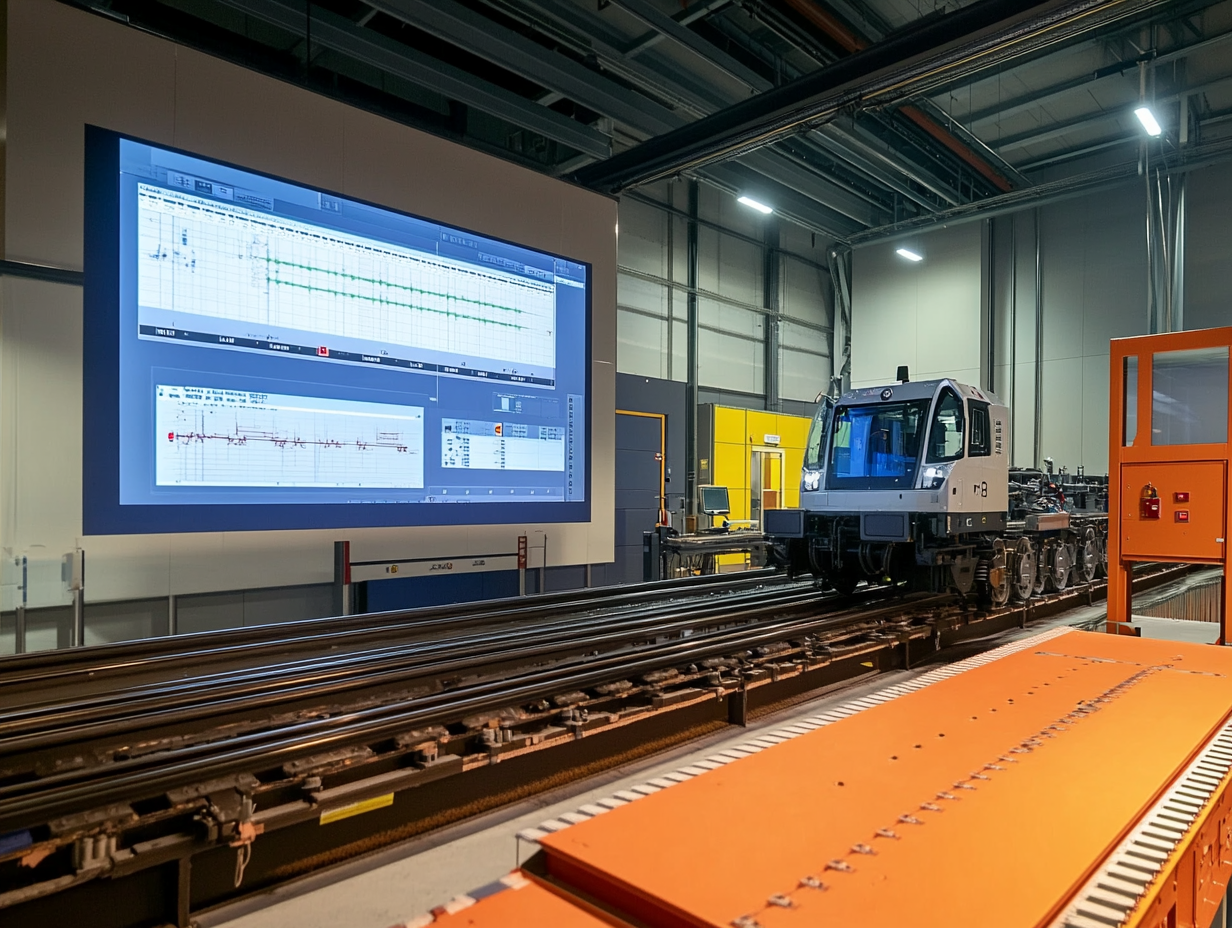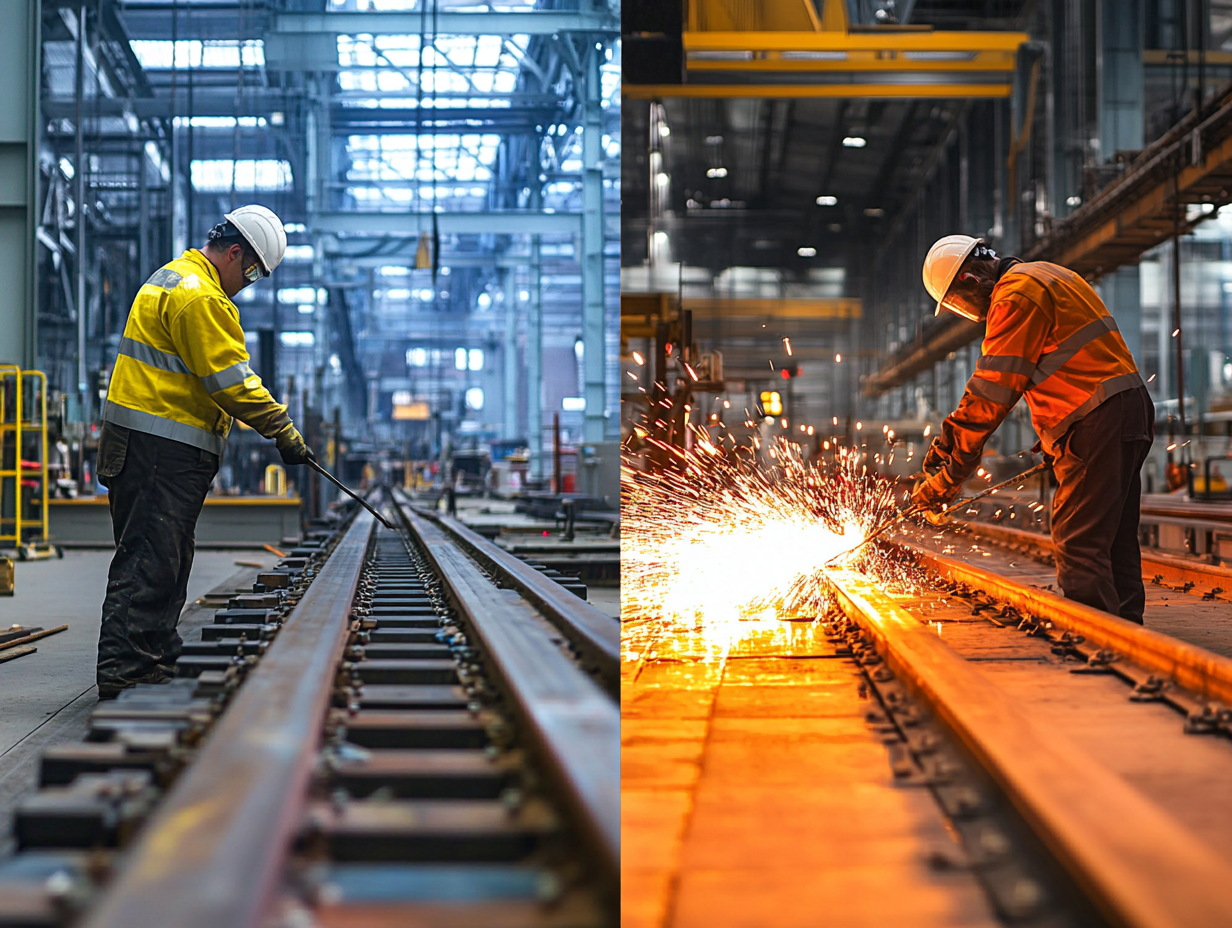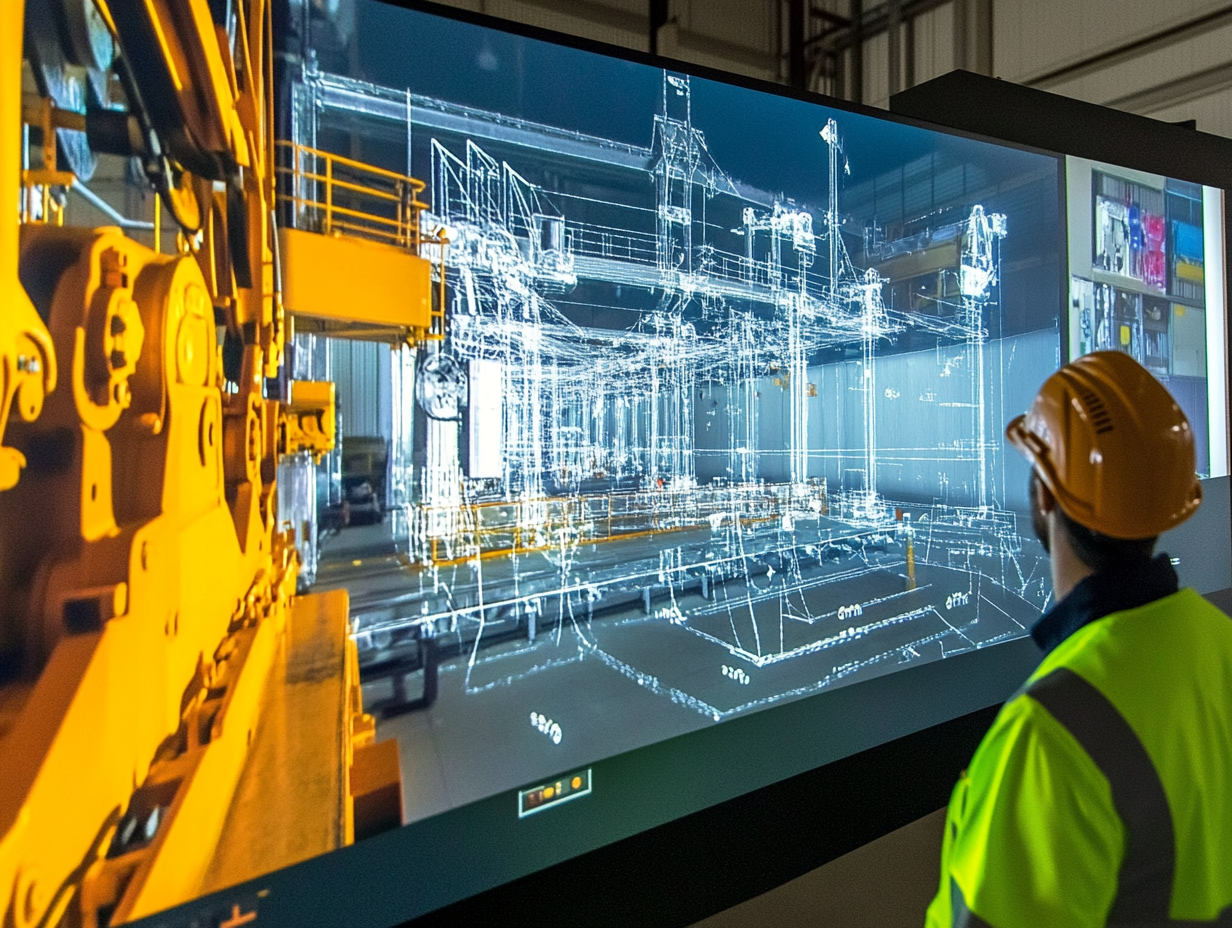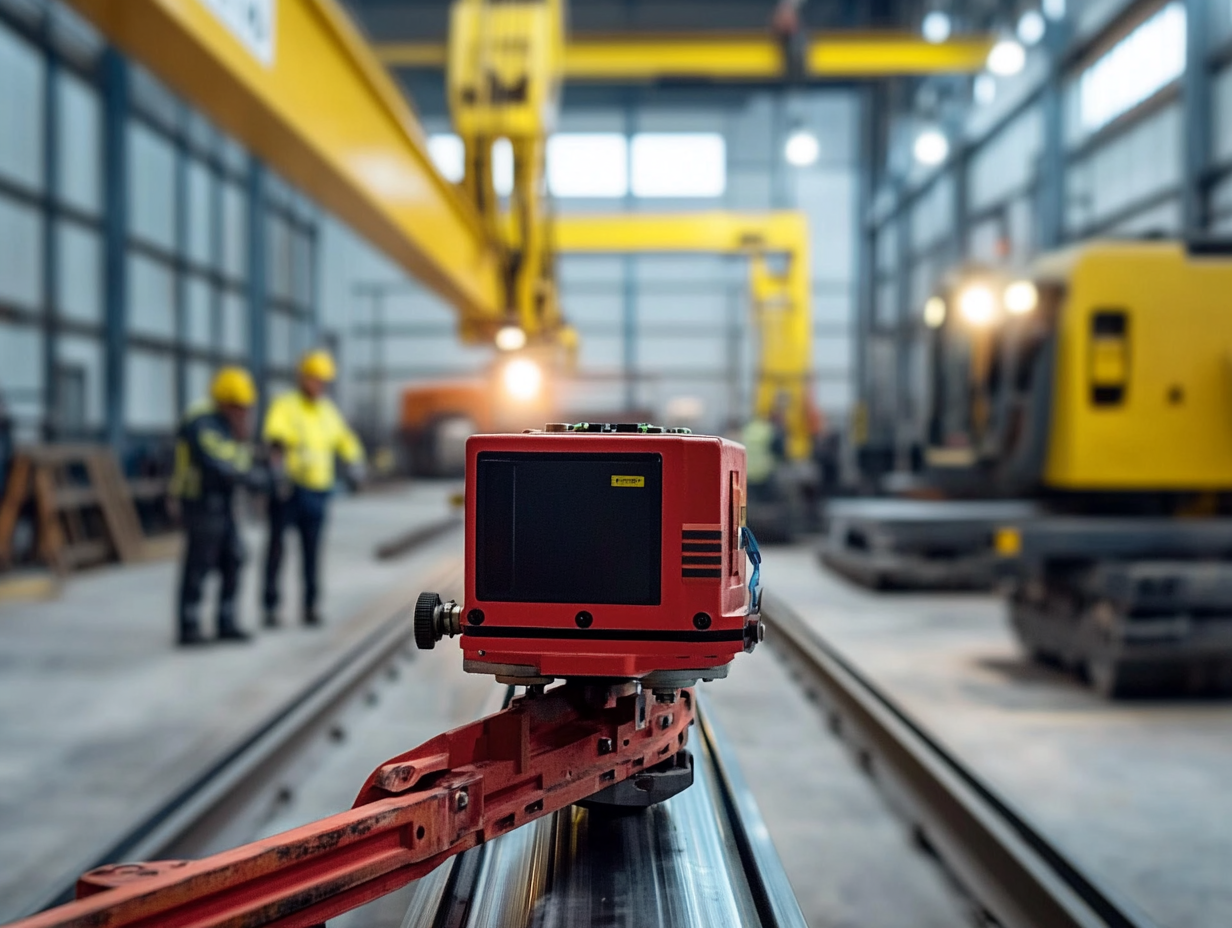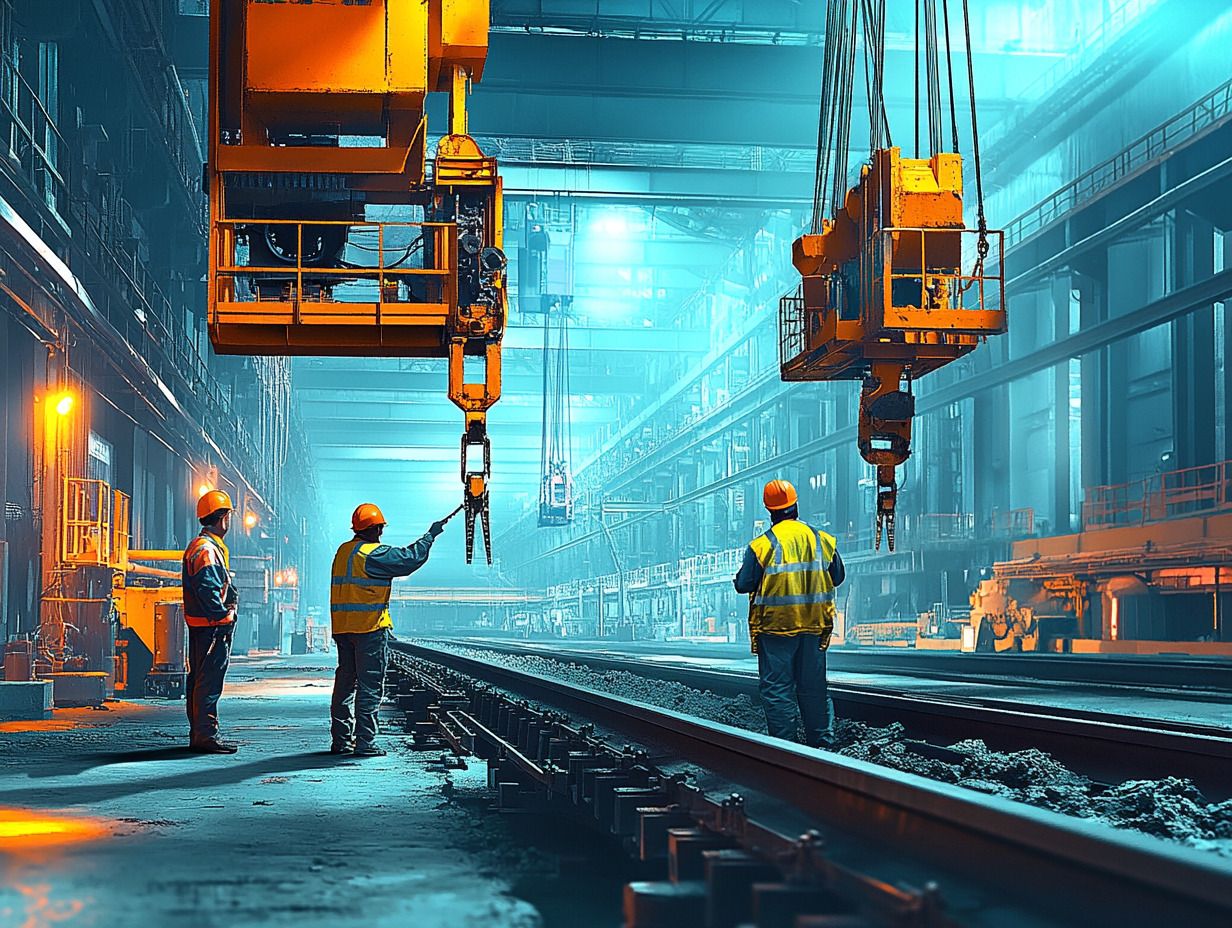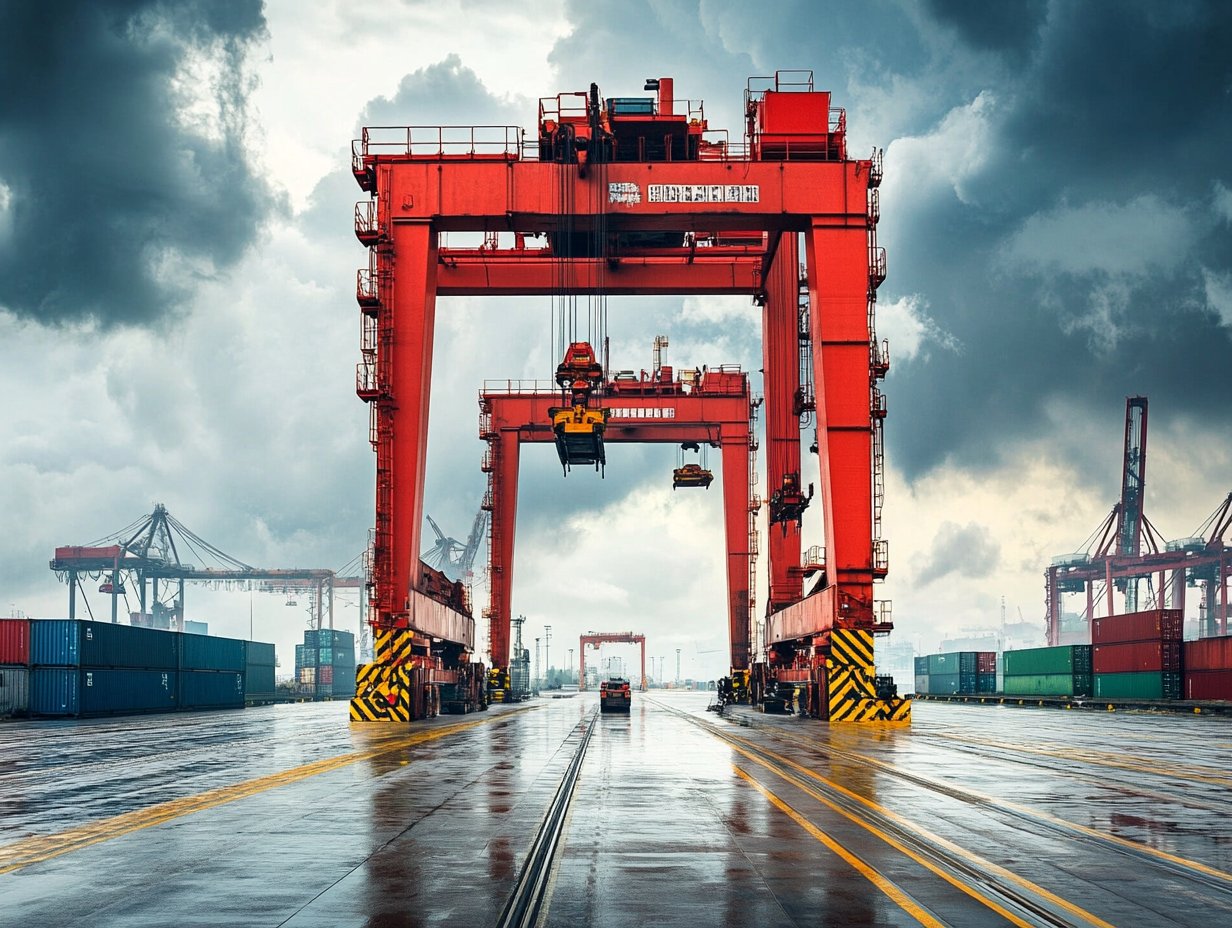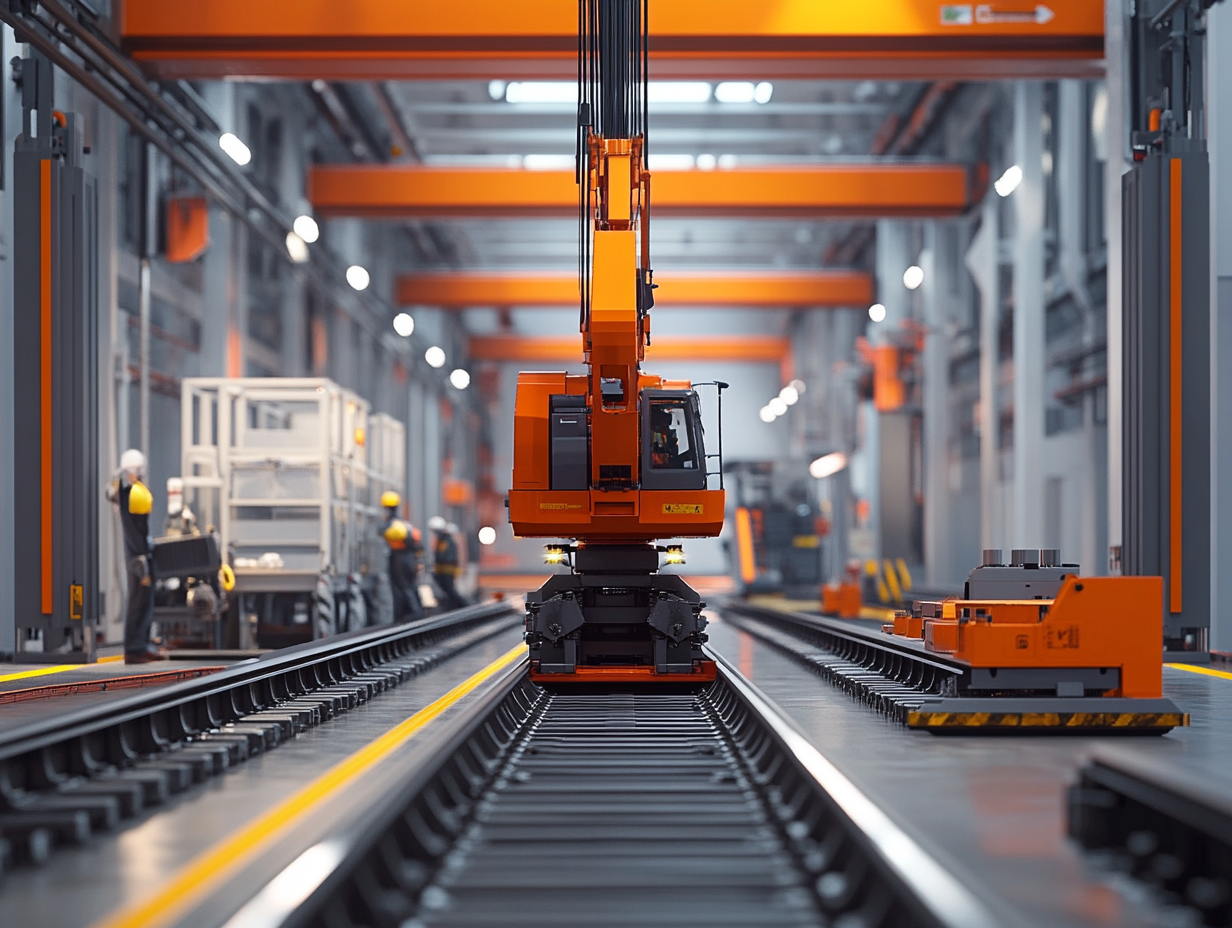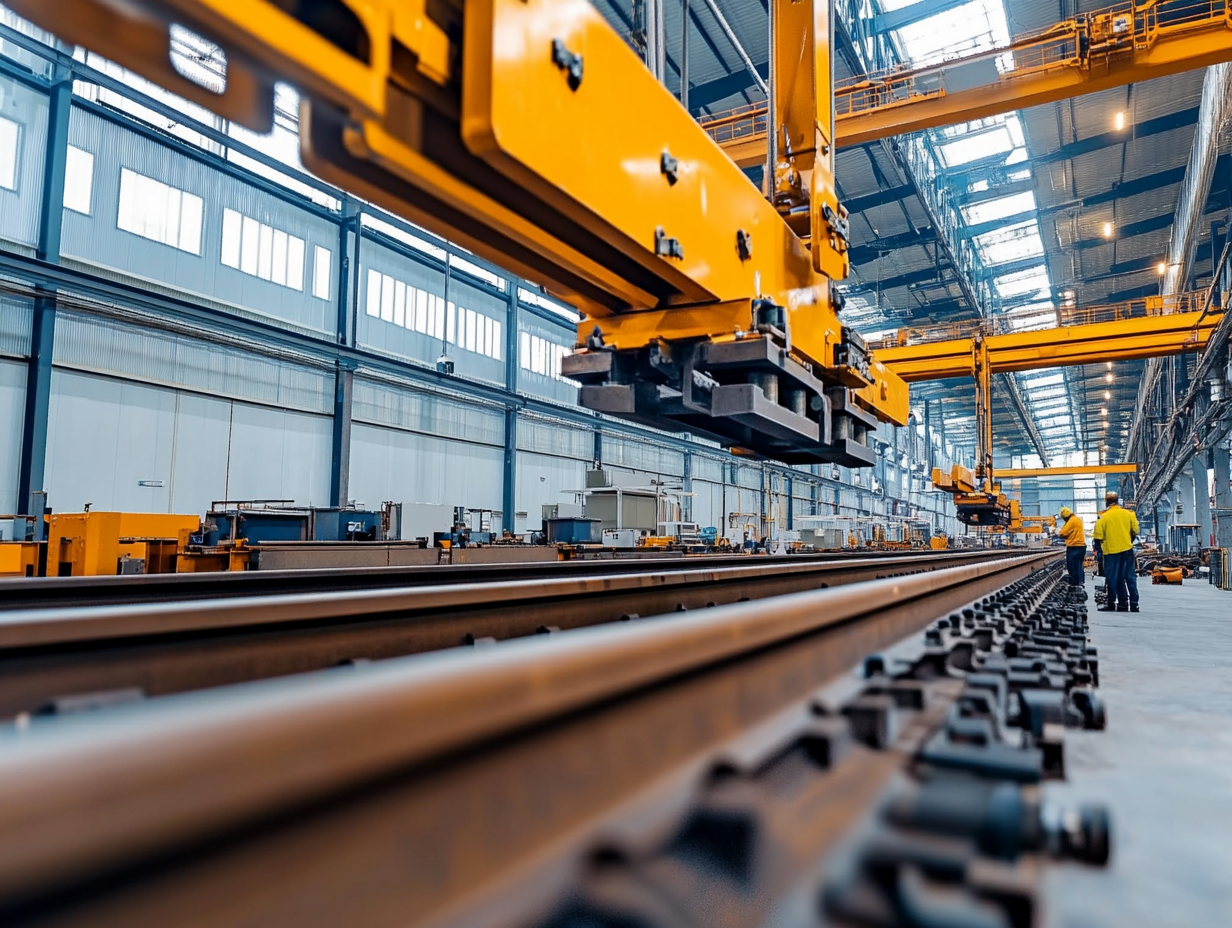The choice of rail profile significantly affects crane movement, load distribution, and long-term operational efficiency. Selecting the wrong profile can result in excessive wear, misalignment, and high maintenance costs. This blog explores how different rail profiles influence crane performance and what factors to consider for optimal selection.
Crane rail maintenance is essential for ensuring safety, efficiency, and long-term durability. Companies often choose between preventive maintenance, which focuses on scheduled inspections and early issue detection, and reactive maintenance, which addresses failures as they occur. This blog explores the advantages and risks of both approaches, helping you implement an optimal rail maintenance strategy.
Crane tracks are subject to complex forces, including torsional stress, lateral loads, and dynamic weight shifts. Poor design can lead to uneven load distribution, track misalignment, and premature wear. This blog explores torsion effects, force distribution challenges, and best design practices to enhance stability and operational efficiency.
Proper installation of crane track rails is essential for ensuring alignment, structural integrity, and long-term durability. Poorly installed rails can lead to misalignment, excessive wear, and increased maintenance costs. This blog explores the best installation techniques, welding methods, and industry standards to follow for optimal crane track performance.
Crane rails are subjected to continuous mechanical stress, heavy loads, and environmental factors, which can cause wear and deformation over time. Without proper management, these issues can lead to misalignment, increased maintenance costs, and safety risks. This blog explores the causes of rail wear, strategies to minimize deformation, and best practices for extending rail lifespan.
Crane tracks used in open yard environments face unique challenges, including weather exposure, temperature fluctuations, and increased lateral forces. Unlike indoor installations, these tracks must be engineered for durability, stability, and resistance to environmental conditions. This blog explores the key factors in designing crane rail systems for open yards and best practices for ensuring long-term performance.
Selecting the right crane rail profile is essential for ensuring stability, load-bearing capacity, and durability in industrial operations. While DIN 536 A, DIN 536 F, and standard railway rails are commonly used, each has distinct design characteristics and applications. This blog explores their differences, advantages, and ideal use cases.
Crane rail selection is a critical decision that directly impacts safety, efficiency, and long-term durability in industrial operations. Choosing the wrong rail can lead to premature wear, misalignment, and costly maintenance. This blog explores the essential factors to consider when selecting the right crane rail for your system.


